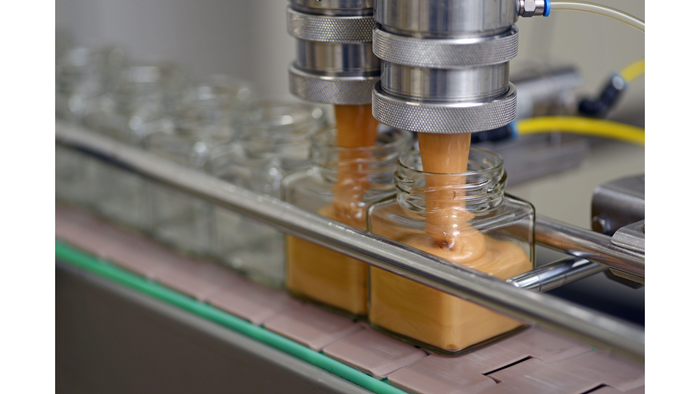Sustainability a planet-saving priority for brands, retailers
The world is hotter than ever, scientists say, so the natural products industry must escalate its efforts to slow climate change. Consider these stories.

Considering global land and ocean temperature data from January through November, scientists at the National Oceanic and Atmospheric Administration say that 2023 will be the warmest year on record since 1850.
The Copernicus Climate Change Service, which monitors the environment for the European Union, concurred. The mean temperature for the globe from January through November was 1.46 degrees Celsius higher than the average global temperature for the pre-industrial years of 1850-1900, the organization reported. That 2023 temperature is 0.13 degrees Celsius higher than the same period in 2016, which has been the warmest calendar year. The NOAA reports slightly different temperatures, 1.5 degrees Celsius higher than the average and 0.11 degrees Celsius higher than the 11-month temperature in 2016.
In the Northern Hemisphere, NOAA found the temperature was 1.5 degrees Celsius (2.7 degrees Fahrenheit) above average; the Southern Hemisphere recorded temperatures of 0.81 degrees Celsius (1.46 degrees Fahrenheit) above average. (Click here for an interactive chart of global temperatures over time.)
It’s difficult to not feel hopeless about the situation, but as long as our hearts are beating, we can effect positive change. This selection of sustainability stories, aimed at both retailers and brands, highlights some of the top concerns.
Retailers: Consider sustainability when ordering inventory
7 sustainability certifications retailers can rely on—Buyers can rest assured that products bearing any of these seven seals aren't greenwashing their sustainability claims. Find out what they mean.
In the Aisle: Ousting plastic, the packaging pariah—The natural products industry's eternal dilemma: How to package a product without using plastic. Learn more about the brands making an effort on this front.
Secret Shopper: What do carbon labels mean for brands’ carbon footprints?—Retailers have a role in reducing the planet’s climate crisis. They can start by supporting brands that are being transparent about their efforts. Read more.
Unboxed: 21 plastic-free personal care products—Plastic Free July inspires consumers around the world to reduce their use of single-use plastics, but it also encourages long-term change.
Unboxed: 7 laundry products cleaning up the aisle—For years, the laundry aisle has been overflowing with plastic jugs and products full of unnecessary water, fragrance, chemicals and more. These seven products eliminate all that, giving consumers a more sustainable option.

Brands: Sustainability matters in ingredients, packaging, messaging
NBJ Award: Sustainability and Stewardship—Native Botanicals’ Edward Fletcher helps preserve medicinal herbs for future generations.
What to keep in mind when choosing sustainable packaging—To make the best packaging choices, brands must understand how compostable and recyclable packaging materials function. Learn more.
Key takeaways from The State of Sustainable Packaging—While finding sustainable solutions might feel slow-moving, complicated and nuanced, innovations are happening. Now is the time to act so your CPG brand can help improve the environment.
How to tell your brand's sustainability story online, in social media—Natural products CPGs share how they relay their sustainability stories to consumers via websites and social channels. Find out what your brand could do.
How Hope Foods shares its sustainability story with consumers—Two of Hope Foods' marketing executives explain how they use omnichannel, mission-driven marketing to share the brand's sustainability story.
Sustainability starts with soil – article—Teeming with life, Ancient Nutrition’s regenerative organic farms offer a solution to help climate chaos, promote ecosystem harmony and strengthen the resilience of our soil.
About the Author
You May Also Like




